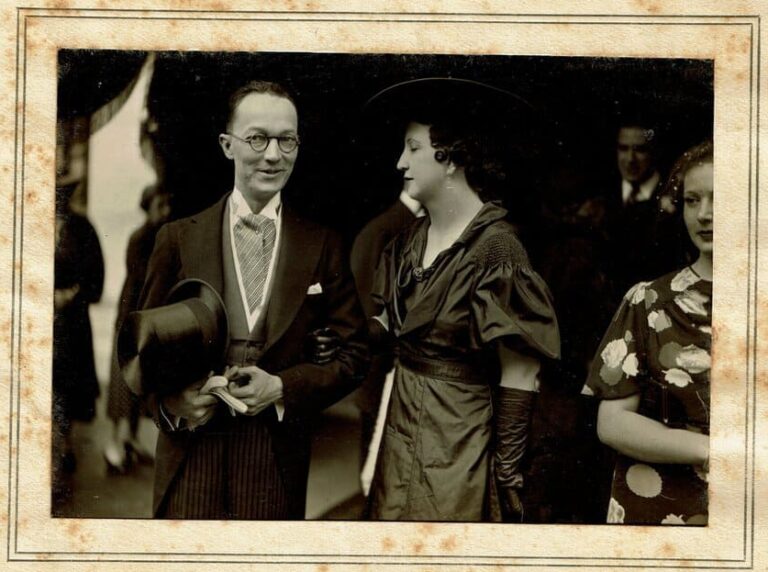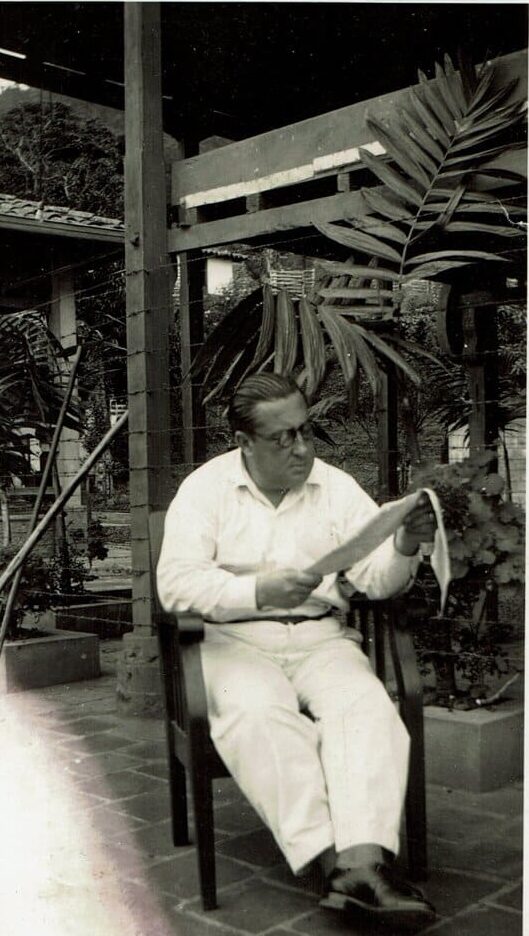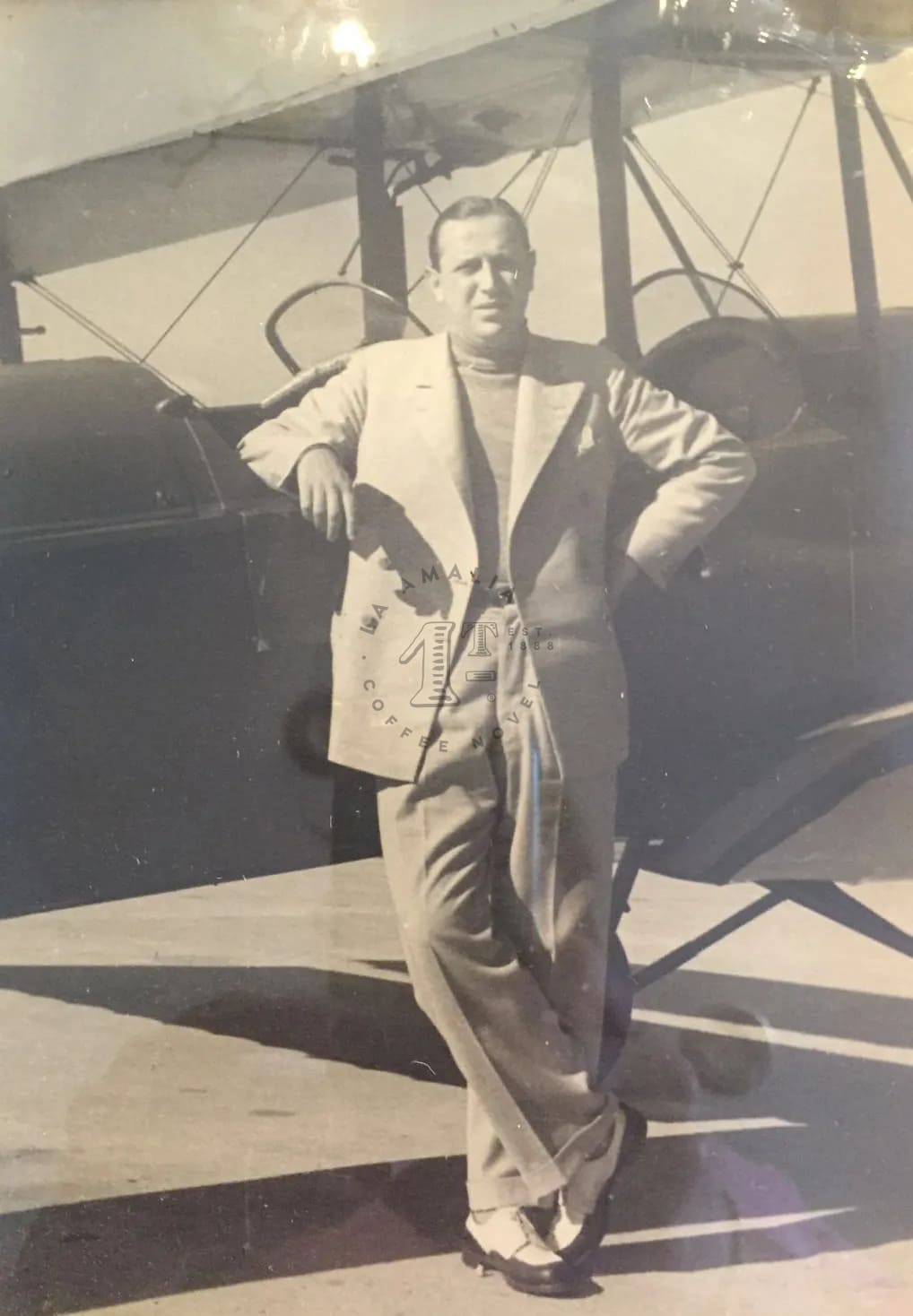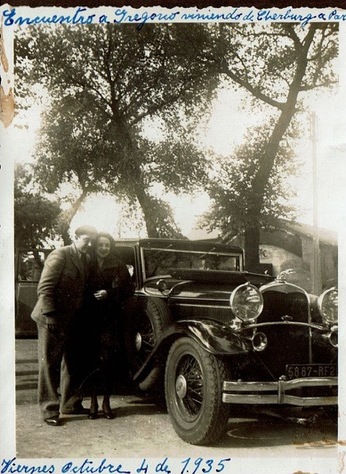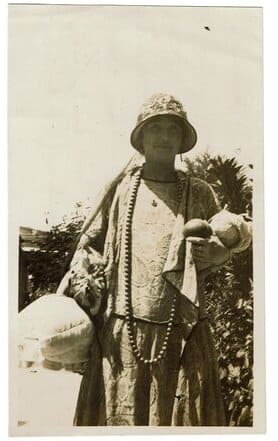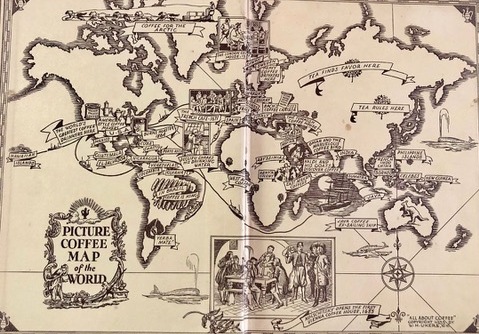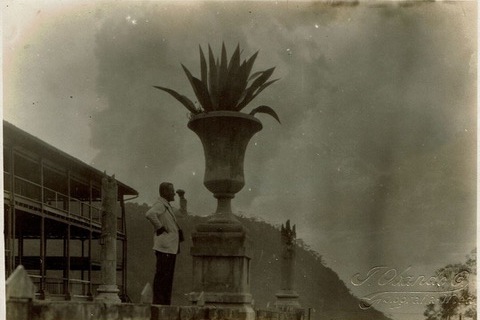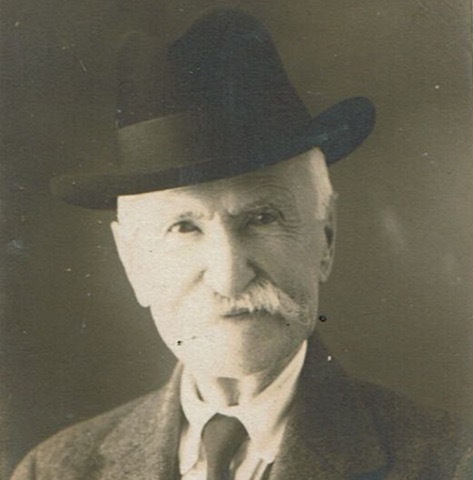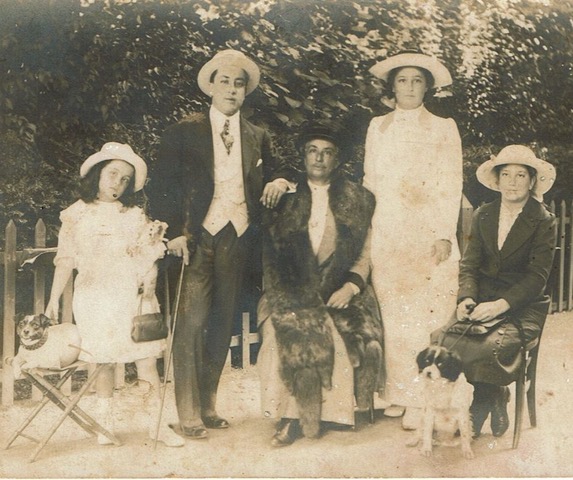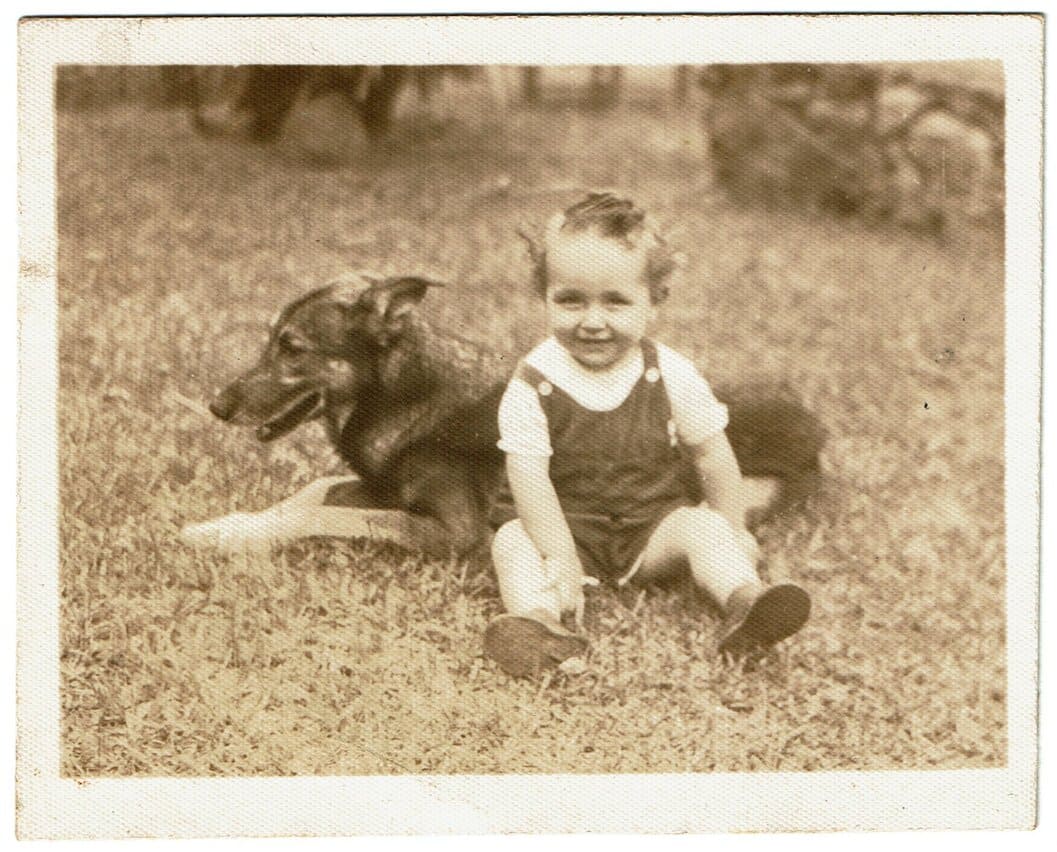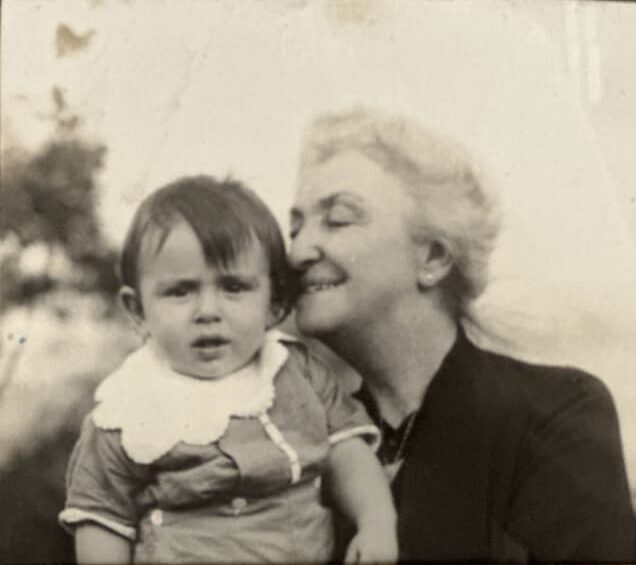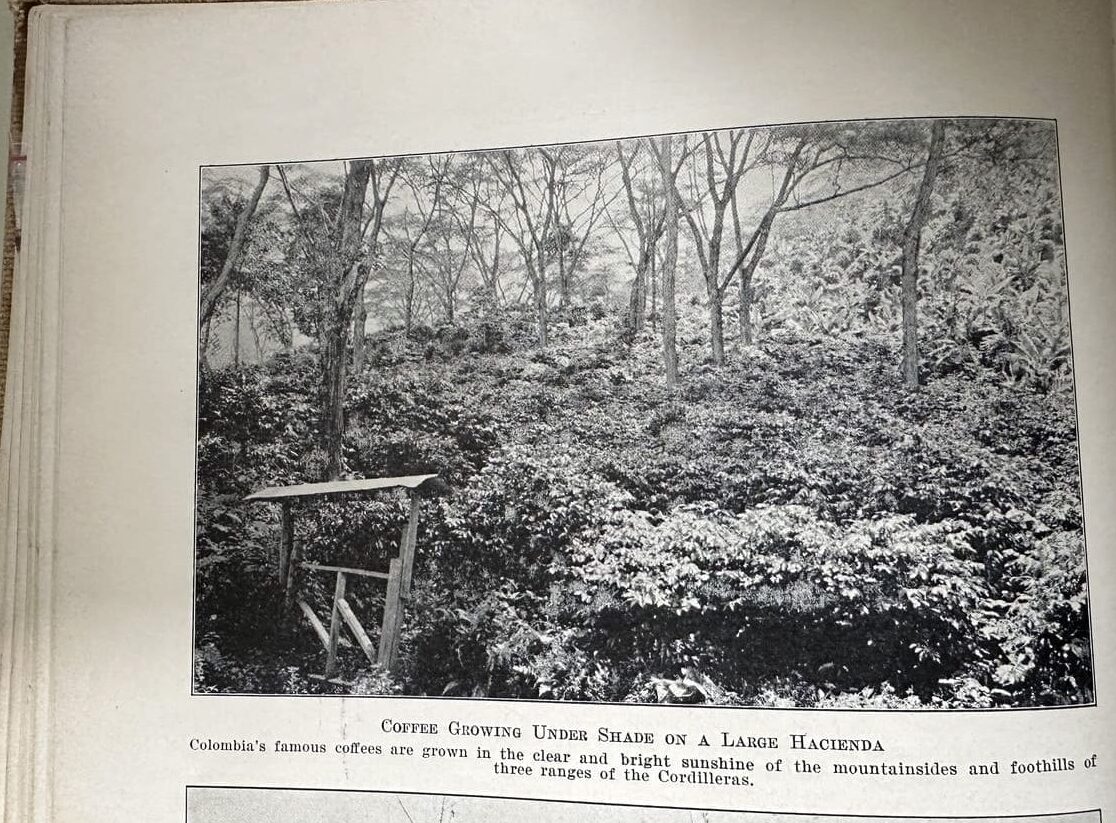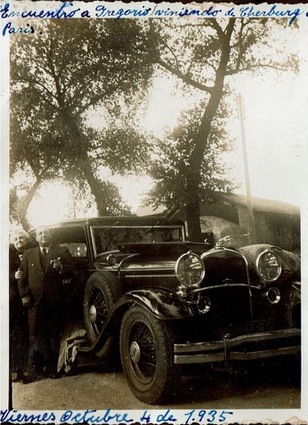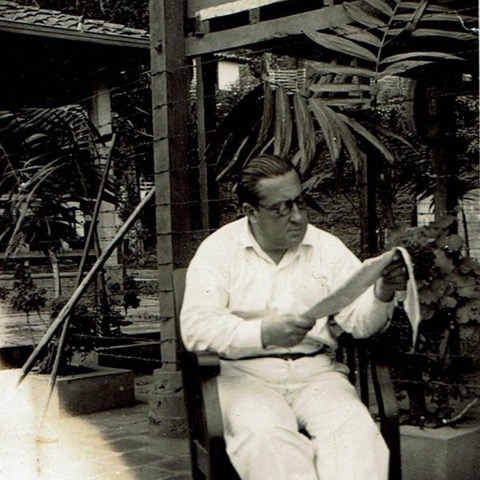A SHORT STORY ABOUT THE
LONG HISTORY OF COFFEE…
PEDRO JOSÉ VÁSQUEZ CALLE
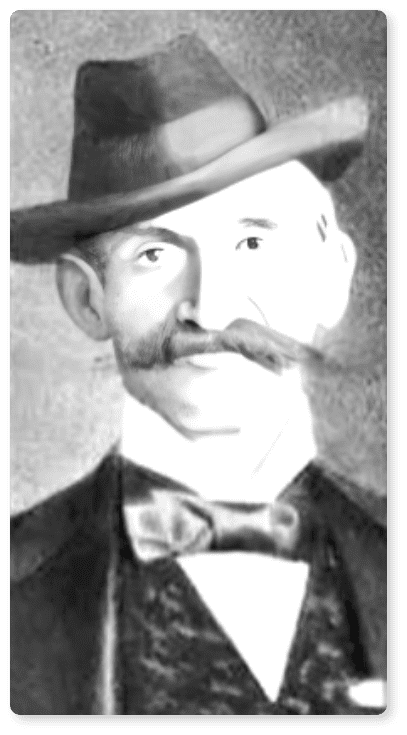
Pedro José Vásquez Calle, my great, great, great grandfather, was a very wealthy and prosperous man. He had many gold mines, cattle and a lot of land in different areas of Colombia. He got a hold of some of the coffee seeds that arrived in Colombia from the Caribbean and started doing trial and error trying to figure out the best way to plant coffee. Since the Turks had the Monopoly, nobody really knew how to plant coffee. It took Pedro over 15 years to figure out the best way to plant coffee (he tried in all altitudes, with shade, with no shade, with different fertilizers, etc). Below is a link to an article and video made by the Chamber of Commerce of Medellín where they name him one of the top 100 most influential businessmen of the time.
In the 1860’s, the family exiled to Guatemala for
political reasons and stayed there approximately 15 years
The family ended up in the 1860’s in Guatemala during a 15-year exile period because of political reasons. Mariano Ospina Rodríguez had married Pedro’s eldest daughter Enriqueta. Mariano later became President of Colombia with Pedro’s help as well as my other great great great grandfather José Ignacio de Márquez Barreto’s help (he had already been President of Colombia twice). When Mariano finished his term, the new, incoming President, the General Mosquera, gave an order to have Mariano killed. The General changed his mind at the last minute and sent Mariano and a few others to rot in a jail in Cartagena (the escape is one of my favorite stories!!!).
That is how the family ended up in Guatemala. During this time, the men bought a lot of land and basically were one of the first to plant coffee in Guatemala and exported to Europe and the USA. The women had two stores, which they ran, where they sold English and French china, all kinds of decorations, silverware, clothing and farm supplies. While in Guatemala the family started a bank as well as other important businesses. In the history of Guatemala, they are referred to as “The Colombians.” My great grandmother Amalia Madriñán Vásquez was born in Guatemala.
AMALIA MADRIÑÁN VÁSQUEZ
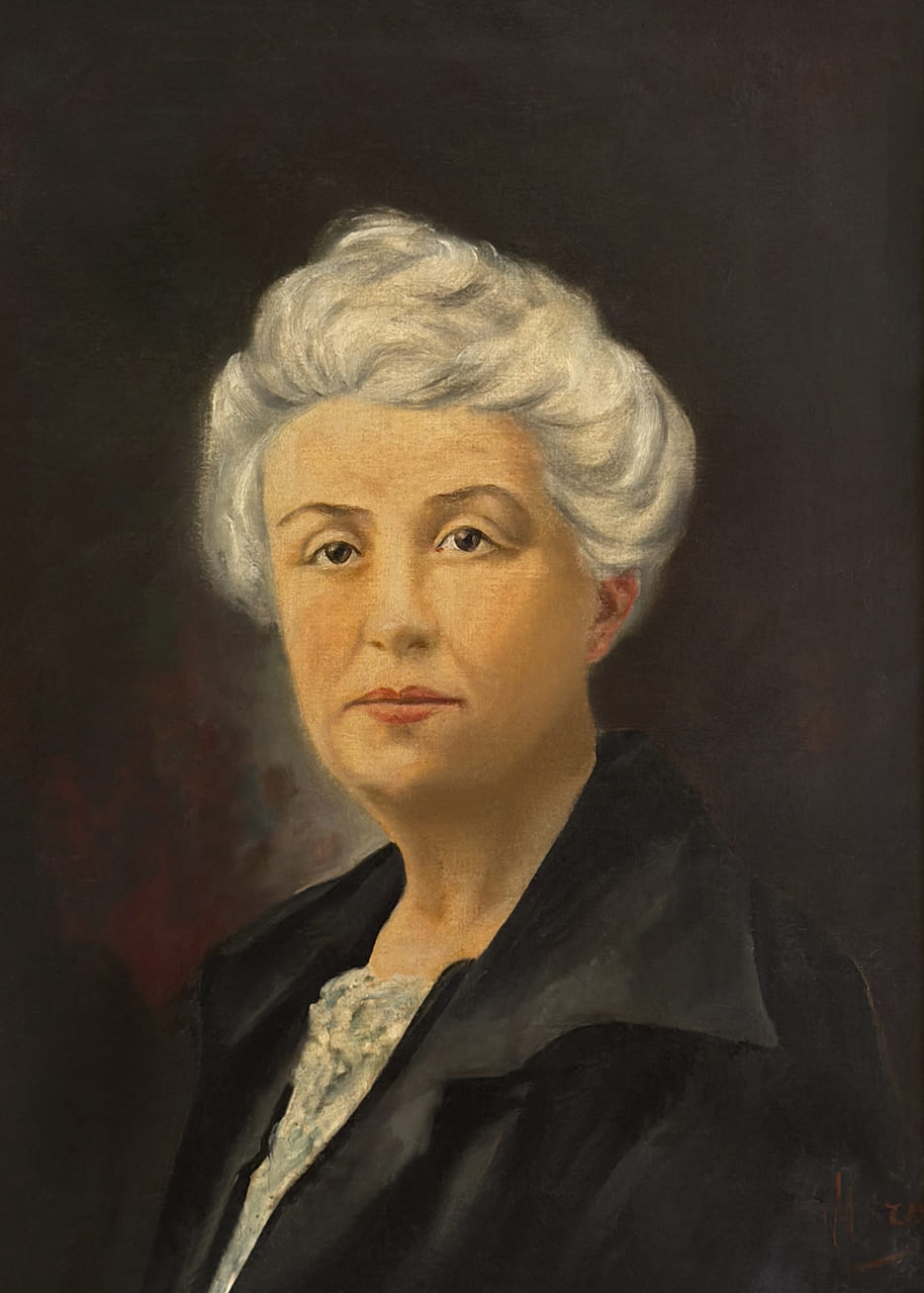
My Great Grandmother Amalia Madriñán Vásquez was born during the time the family was exiled in Guatemala. Part of the family moved back to Colombia in the early 1880’s and others stayed in Guatemala (they had gotten married and were now established there). Mariano Ospina Rodríguez, who had been President of Colombia, when he got back from Guatemala, published his book called, “Coffee Growing: Basic Notions Available To All Farmers” and that was really the time when the coffee boom exploded in Colombia. Now there was a manual/recipe that everyone could follow and be able to grow coffee. My great grandmother Amalia married the love of her life, her cousin José Ignacio de Márquez Vásquez (their mothers were sisters and he was a grandson of Pedro Vásquez Calle as well as José Ignacio de Márquez Barreto, who he was named after). Amalia and José Ignacio started their own coffee plantation in 1888 and called it La Amalia after my great grandmother.
1906
A WIDOW WITH 5 CHILDREN
José Ignacio De Márquez Vásquez died in 1906 leaving Amalia a widow with 5 children. The youngest one was my grandmother Amalia who was a little over a year old at the time. One of my great grandmother Amalia’s cousins, the General Pedro Nel Ospina Vásquez, who later became President of Colombia (there are over 5 Presidents of Colombia in my family) offered to buy the plantation from her. She thanked him, but declined his offer. By 1920, she was one of the largest coffee exporters of the country.
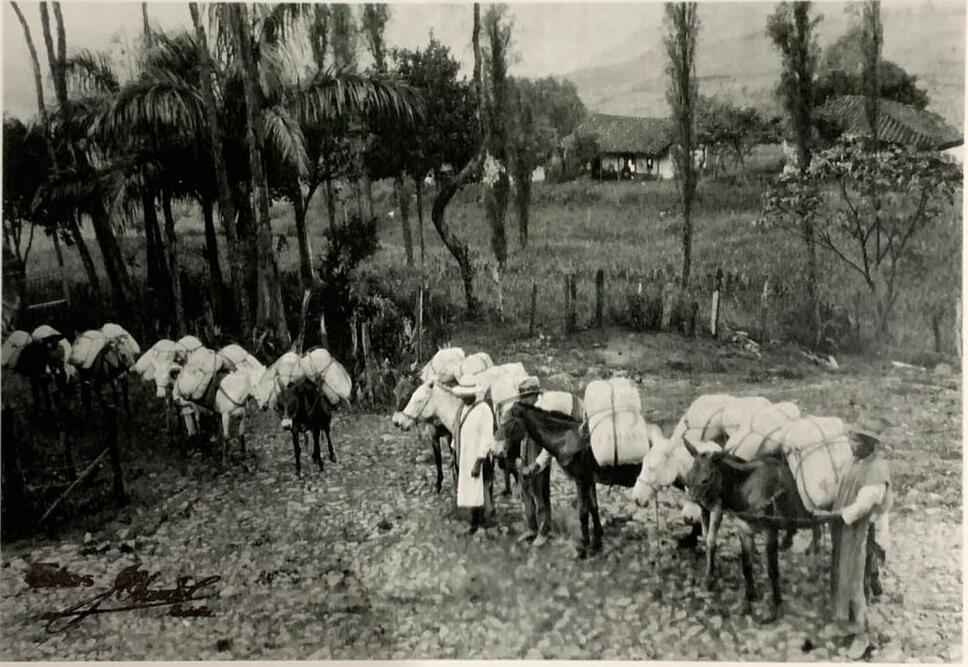
Photograph by Jorge Obando
LA AMALIA'S OWN CURRENCY
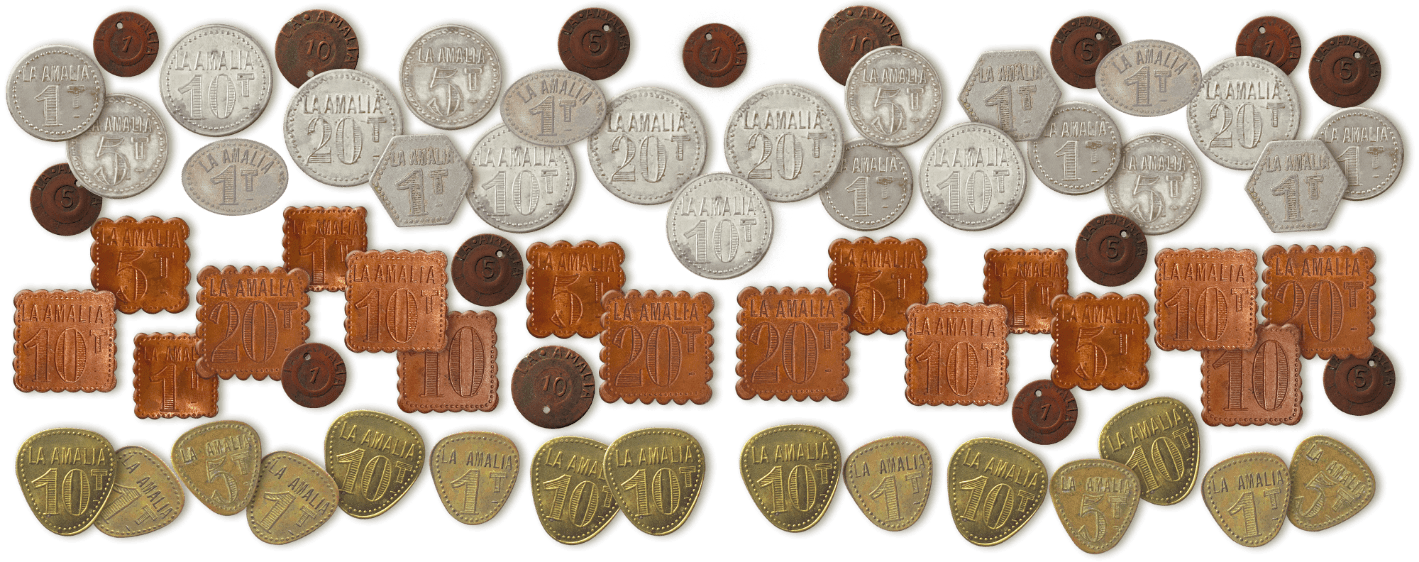
My Great Grandmother Amalia created her own currency to pay her workers for picking the coffee. The letter “T” stands for “tarros” which were baskets that the workers hung around their necks to pick the coffee. There were 1T, 5T, 10T and 20T coins. These were used by the workers in order for them to buy goods in the towns around the plantation. The merchants would later settle the amounts with my great grandmother Amalia at the current market price of coffee.
PARIS
In the 1920’s my great grandmother Amalia decides to move to Paris, France with the family. Her son Gregorio would go back and forth to Colombia to oversee the plantation while she was overseeing sales in Europe. That was where my grandmother, Amalia De Márquez Madriñán met my grandfather, a Russian Jew from Minsk, Belarus, Michel Rabinovitch. This was the beginning of a love story like no other full of drama, intrigue, perseverance, spies and passion that goes from continent to continent.
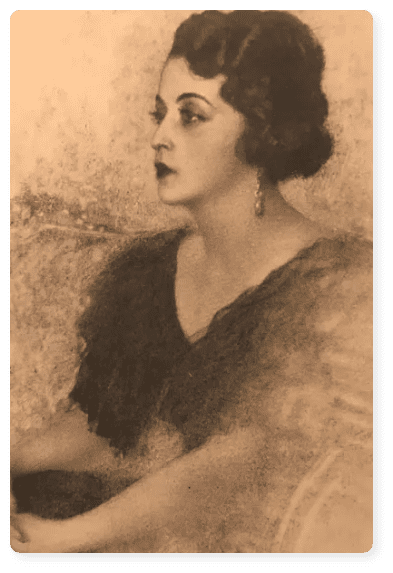
Amalia de Márquez
Madriñán
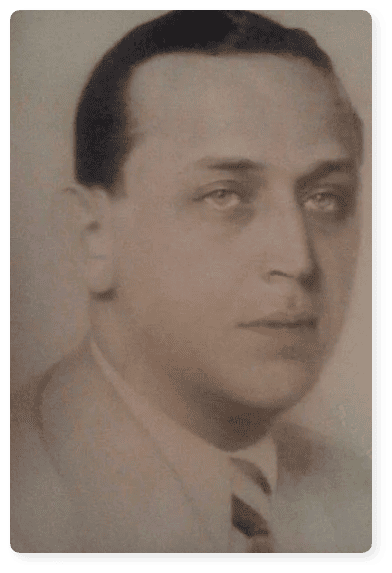
Michel Rabinovitch
MY PICTURE GALLERY
